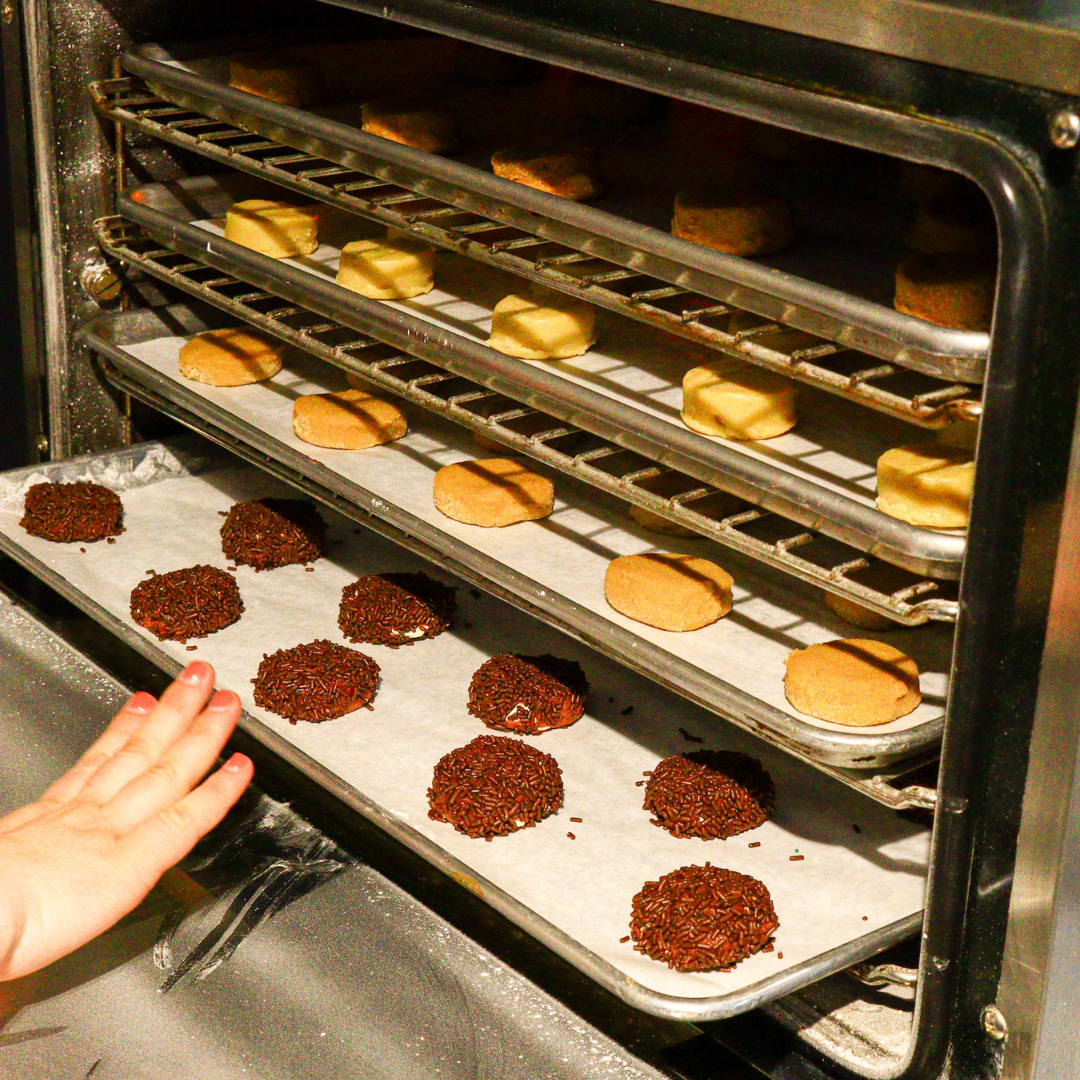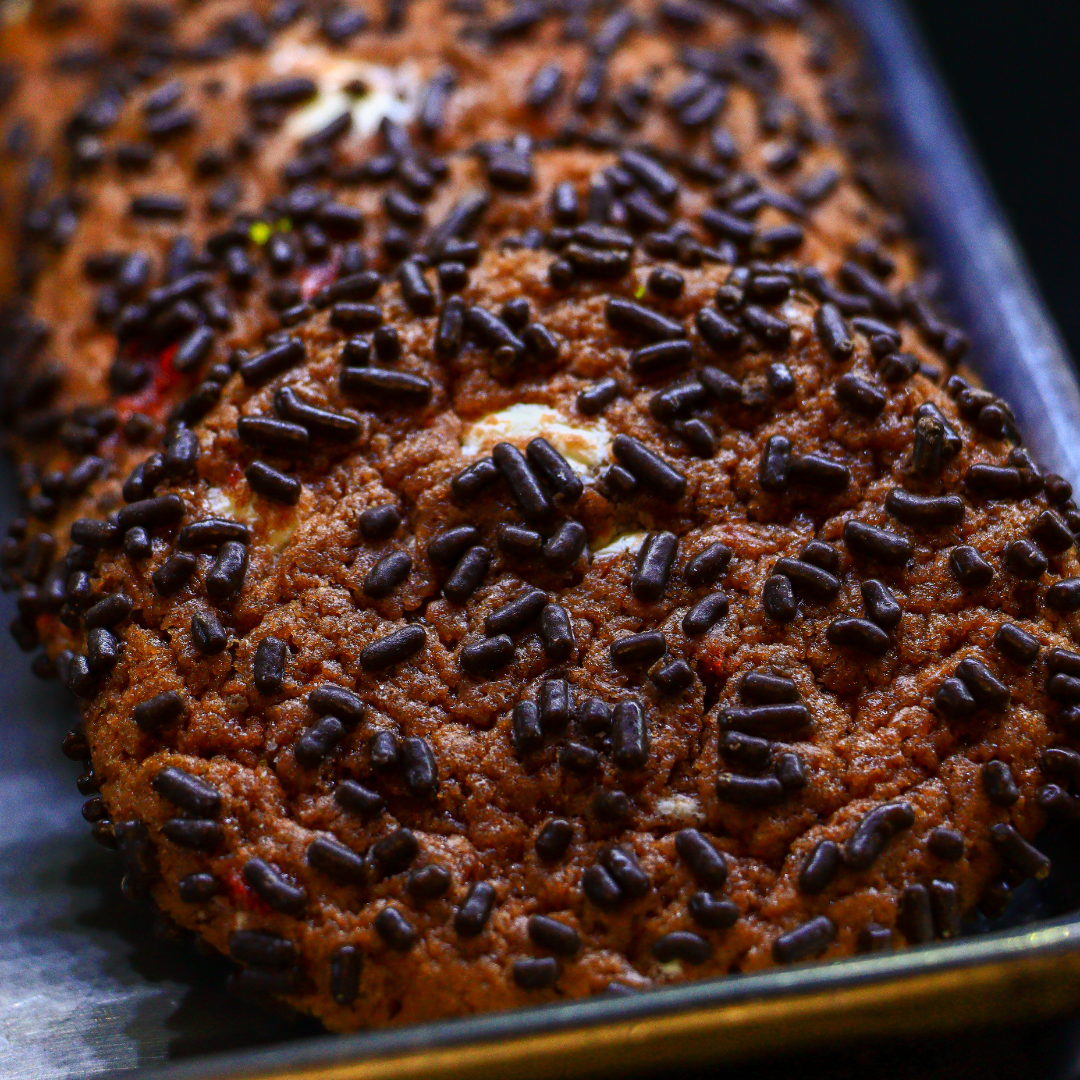Are you a baking enthusiast who loves to whip up batches of cookies in your kitchen? If so, you've probably wondered whether you should use a convection or conventional oven for baking your cookies. The truth is both types of ovens have their advantages and disadvantages when it comes to baking cookies. Understanding the differences between convection and conventional ovens is key to achieving the perfect baked goods.
In this ultimate guide to baking cookies, we'll explore the differences between convection and conventional ovens, their pros and cons, and provide you with some tips and tricks to help you bake the perfect batch of cookies every time. So, whether you're a professional baker or a home cook, get ready to take your cookie-baking skills to the next level with our ultimate guide to baking cookies.
Differences Between Convection and Conventional Ovens
Conventional ovens have been around for a long time and are the most common type of oven found in homes. They work by heating the air inside the oven, which then transfers the heat to the food being cooked. In contrast, convection ovens have a fan that circulates hot air around the food, resulting in more even cooking and a faster cooking time. This fan also helps to reduce hot spots and promote browning, making it ideal for baking cookies.
When it comes to baking cookies, the main difference between convection and conventional ovens is in the way they distribute heat. Convection ovens distribute heat more evenly, which means your cookies will cook more evenly as well. This can be especially beneficial when baking large batches of cookies, as it can help to ensure that all the cookies are baked to the same level of doneness.
However, it's important to note that the even distribution of heat can also cause cookies to spread out more in a convection oven, which can result in thinner and crispier cookies. Additionally, convection ovens tend to cook faster than conventional ovens, so you'll need to adjust your baking time accordingly.
Convection Ovens - Pros and Cons
There are many benefits to using a convection oven for baking cookies. As mentioned earlier, the even distribution of heat can result in more evenly cooked cookies. Additionally, the fan in a convection oven can help to promote browning, giving your cookies a lovely golden color.
Another advantage of using a convection oven for baking cookies is that it can reduce cooking time. This can be particularly useful if you're in a hurry or if you're baking a large batch of cookies. However, it's important to keep a close eye on your cookies when using a convection oven, as they can cook faster than you might expect.
On the downside, using a convection oven can cause cookies to spread out more, which can result in thinner and crispier cookies. Additionally, convection ovens can be more expensive than conventional ovens, so you'll need to weigh the benefits against the cost.
Conventional Ovens - Pros and Cons
Conventional ovens are the most common type of oven found in homes, which means that many people already have one in their kitchen. They are also generally less expensive than convection ovens, which can be a significant advantage.
When it comes to baking cookies, conventional ovens can still produce great results. While they may not distribute heat as evenly as a convection oven, they can still bake cookies to a high standard. Additionally, cookies baked in a conventional oven may not spread out as much, resulting in thicker and chewier cookies.
However, there are some downsides to using a conventional oven for baking cookies. They can be slower to heat up, which means you'll need to wait longer before you can start baking. Additionally, the lack of a fan means that hot spots can develop, which can result in uneven cooking.
Best Types of Cookies to Bake in a Convection Oven
While you can bake any type of cookie in a convection oven, there are some types that are particularly well-suited to this type of oven. Cookies that are thin and crispy, such as lace cookies, can benefit from the even distribution of heat and the fan that promotes browning.
Another type of cookie that works well in a convection oven is macaron. These delicate cookies require a precise balance of heat and moisture to bake correctly, and a convection oven can help to achieve this. Additionally, the fan in a convection oven can help to prevent the formation of skin on the surface of the macarons, which can be a problem when using a conventional oven.
Best Types of Cookies to Bake in a Conventional Oven
Conventional ovens are great for baking cookies that are thicker and chewier. Cookies such as chocolate chip or oatmeal raisin can benefit from the slower, more gentle heat of a conventional oven. This can help to ensure that the cookies bake evenly and develop a lovely golden color without spreading out too much.
Another type of cookie that works well in a conventional oven is the shortbread cookie. These cookies are typically quite thick and are best baked slowly to ensure that they cook evenly and retain their crumbly texture.
Convection Oven Baking - Tips and Tricks
If you're using a convection oven for baking cookies, it's important to preheat your oven thoroughly before you start baking. This will help to ensure that the oven is at the correct temperature before you put your cookies in.
You'll also need to adjust your baking time and temperature when using a convection oven. As a general rule, you should reduce the temperature by 25 degrees Fahrenheit and reduce the baking time by around 10%. This will help to ensure that your cookies don't overcook or burn.
Make sure to keep a close eye on your cookies when using a convection oven. They can cook faster than you might expect, so it's a good idea to set a timer and check on them regularly.
Conventional Oven Baking - Tips and Tricks
Again, make sure to preheat your oven thoroughly before you start baking. You'll also need to pay attention to the hot spots in your oven. To help counteract this, you can rotate your baking sheet halfway through the baking time. This will help to ensure that your cookies bake evenly.
It's crucial to keep a close eye on your cookies when using a conventional oven. Baking times can vary depending on the type of cookie you're making and the size of your cookies, so it's a good idea to set a timer and check on them regularly.
Converting Baking Times and Temperatures
If you're used to baking cookies in a conventional oven and want to try using a convection oven, it's important to know how to convert your baking times and temperatures. As mentioned earlier, you'll need to reduce the temperature by 25 degrees Fahrenheit and reduce the baking time by around 10%.
To convert the baking time, simply multiply the original baking time by 0.9. For example, if a recipe calls for a baking time of 10 minutes in a conventional oven, you would need to bake the cookies for 9 minutes in a convection oven.
Final Thoughts
In conclusion, both convection and conventional ovens can be great for baking cookies, depending on the type of cookie you're making and your personal preferences. Convection ovens are great for thin and crispy cookies, while conventional ovens are better for thicker and chewier cookies.
When choosing an oven for baking cookies, it's important to consider your budget, the size of your kitchen, and the type of baking you enjoy. If you're a serious baker who loves to experiment with different types of cookies, a convection oven may be a good investment. However, if you're just starting out or prefer a more traditional approach to baking, a conventional oven may be the better choice.
Whatever oven you choose, remember to preheat it thoroughly, adjust your baking times and temperatures accordingly, and keep a close eye on your cookies as they bake. With a little practice and some patience, you'll be able to bake the perfect batch of cookies every time.








